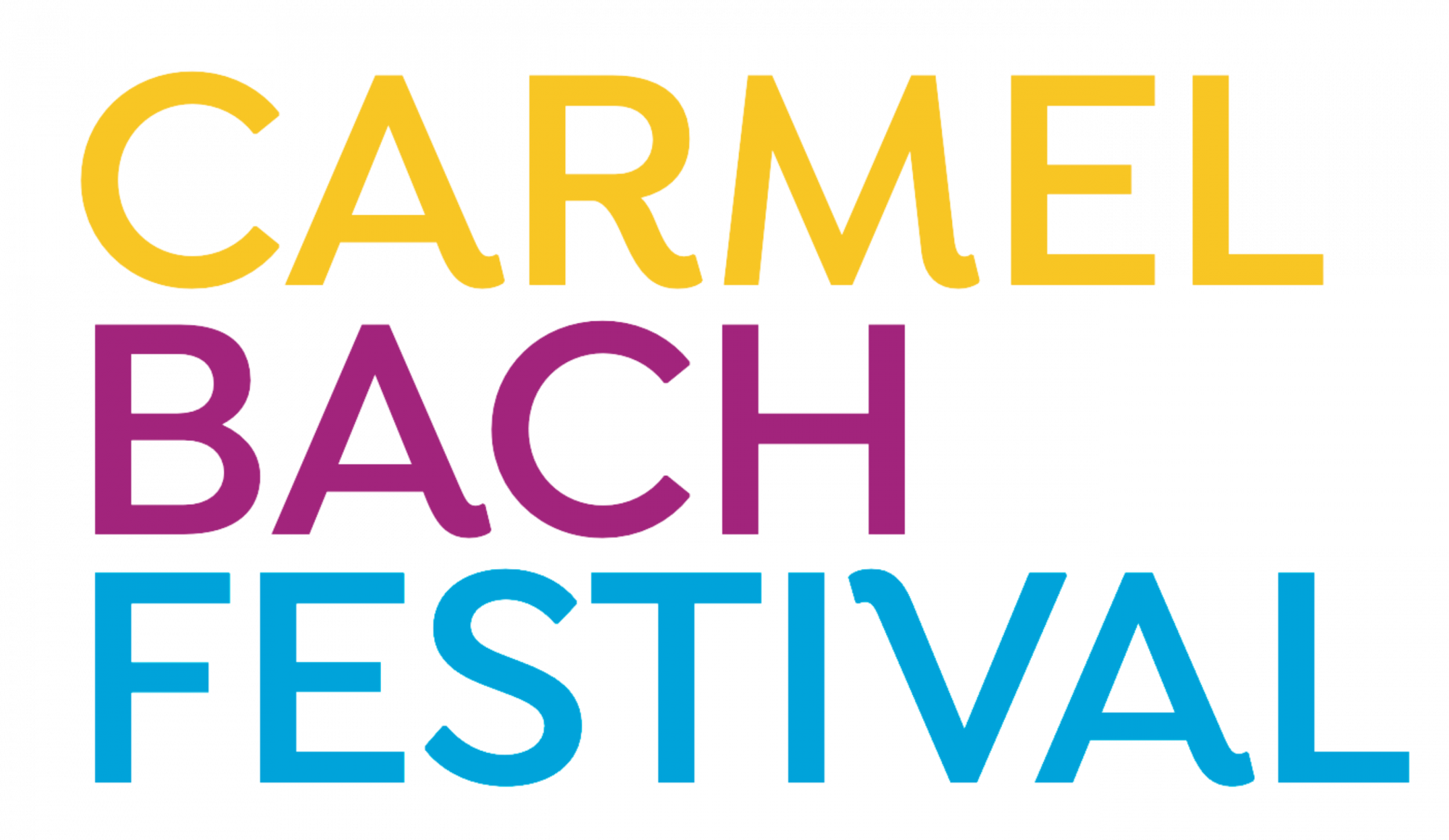Cristina Zacharias, violin; Dongsok Shin, harpsichord
Johann Paul Westhoff, Suite No. 6 in D major
J.S. Bach, Sonata for Violin & Continuo in E minor, BWV 1023
Michel Oesterle, Stand Still (movements I and III)
J.S. Bach, Partita No. 3 in E major BWV 1006
Sponsored by
Violinist and composer Johann Paul von Westhoff was born in Dresden, where he served as a member of its famous Hofkapelle for 23 years. He also traveled throughout Europe, and performed for Louis XIV in 1682. Besides being one of the leading violinists of his time he also was a noted teacher of languages. His suites for unaccompanied violin, the first known multi-movement compositions for this medium, were published in Dresden in 1696 and predate those by J.S. Bach by two decades. Westhoff and Bach likely became acquainted in Weimar, where they briefly overlapped in the early 18th century. While Westhoff’s suites probably influenced Bach, they were lost and forgotten for centuries before being rediscovered in Hungary in 1971.
Bach’s Sonata in E Minor is one of only a handful of surviving works for violin and basso continuo, each written at a different time. It was composed during his first years in Leipzig. The opening movement is without designation but is a prelude in character. It has similarities to the Preludio of the E Major Partita in its quasi-improvisational flow of continuous sixteenth notes, in this instance supported by an unchanging tonic pedal in the bass. The expressive Adagio is followed by an Allemande and Gigue, the bookends of an abbreviated suite.
Michael Oesterle was born in Germany and emigrated to Canada as a teenager. He studied composition primarily at the University of British Columbia and Princeton. His music has been performed throughout North America and Europe, and he has been the recipient of numerous prizes and commissions. He co-founded Ensemble KORE in Montreal “to encourage the creation and promotion of dynamic and innovative contemporary music by Canadian musicians.” His composing style has been compared with American minimalists such as John Adams, and he consistently strikes a balance between complexity and accessibility. Stand Still, for unaccompanied violin, was written for Canadian violinist Aislinn Nosky.
Of Bach’s three partitas (a term synonymous with suite) the E Major is the only one to begin with a free-form prelude. Apart from its opening bars and final cadence, the Preludio is a perpetual motion of breathtaking virtuosity. Bach creates the illusion of several different voices in contrapuntal interplay using just one instrument. To hear a “3-D” version of this music—with all the accompanying voices and implied harmonies spelled out—listen to the sinfonia from Cantata BWV 29, where the organ plays the same notes, but accompanied by a full orchestra. The dance movements that follow are mainly in the French style: Loure, a type of slow, multi-voiced gigue; Gavotte en Rondeau, a moderate dance in duple meter with a recurring refrain; Two Menuets, the first courtly, the second with a charming hurdy-gurdy effect; and finally, the Bourée, quick and jaunty.
–Allen Whear


